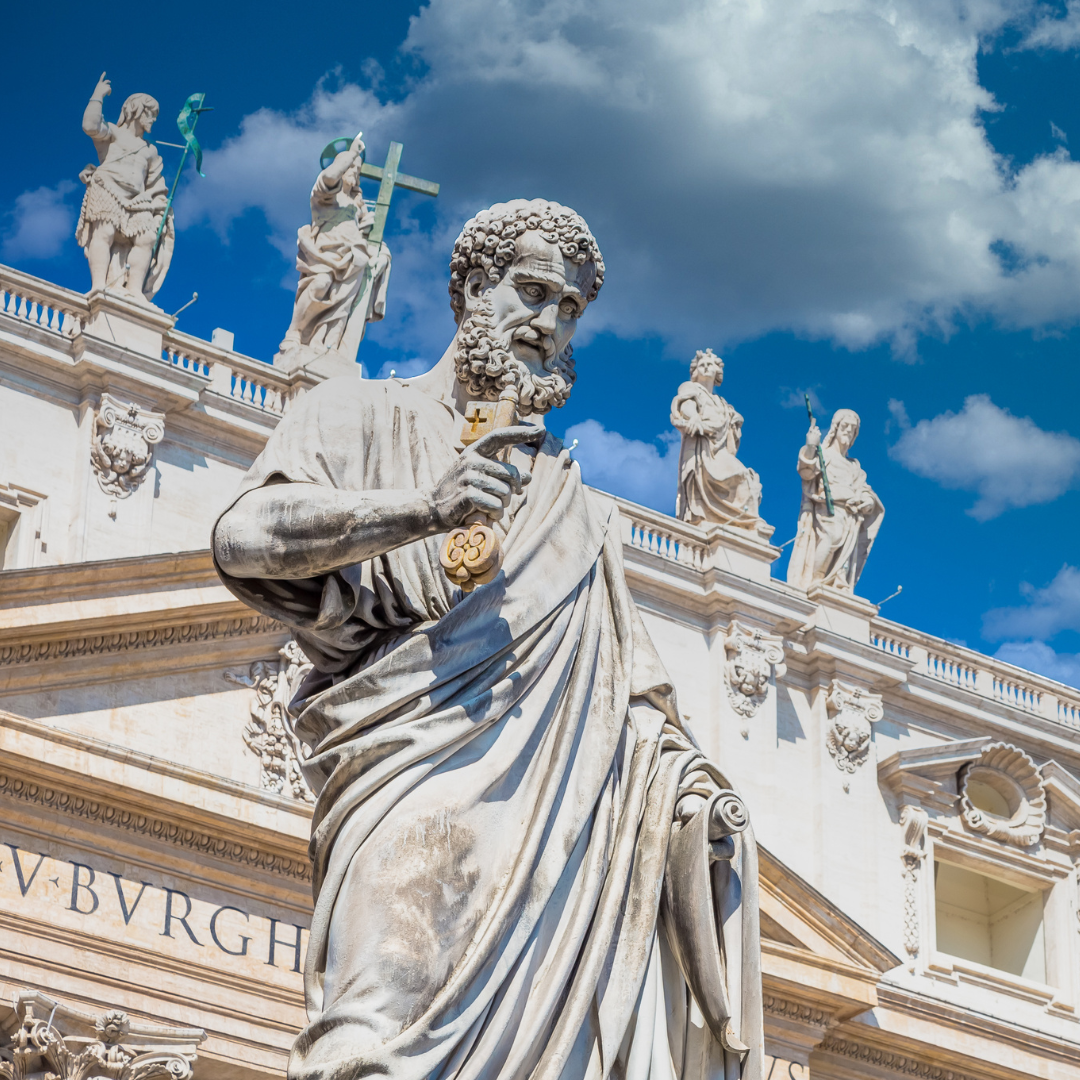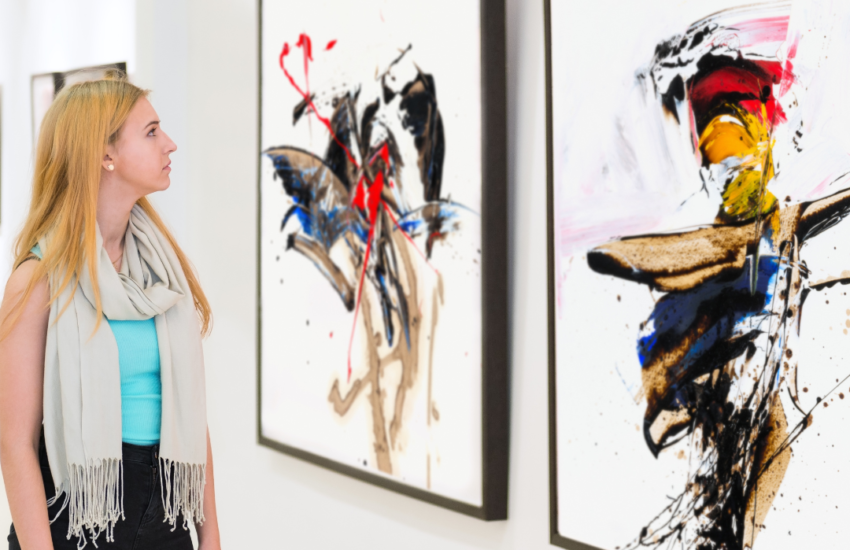Discovering The Art Of Bernini
Italy has long been the global center for the arts, and it is home to some of the world’s most renowned artists. One such artist is Gian Lorenzo Bernini, whose masterpieces are known for their lifelike depictions of emotion and movement.
This blog post explores Bernini’s art in detail, from his early works to his later religious sculptures. Read on to discover the craftsmanship behind Bernini’s artwork and learn about why he remains one of art history’s most influential figures!
Introduction to Bernini and His Art
Gian Lorenzo Bernini was an Italian artist who was active in the Baroque period. He is considered to be one of the greatest sculptors of all time and his art has had a profound impact on subsequent generations of artists. Bernini’s father was a noted sculptor who trained his son in the art of sculpture.
Gian Lorenzo Bernini showed great talent at a young age and went on to create some of the most iconic sculptures of the Baroque period. His work includes the famous Fountain of the Four Rivers in Rome, as well as numerous busts and statues of religious and historical figures.
Bernini’s art is characterized by its dramatic use of light and shadow, as well as its fluidity and movement. His statues often convey a sense of theatricality and drama, which is reflective of the Baroque period in which he lived.
Overview of Bernini’s Life and Career
Gian Lorenzo Bernini was born in Naples in 1598, the son of a Florentine sculptor. He was trained as a sculptor and architect by his father, and his first major work was the decoration of the Ponte Sant’Angelo in Rome. He quickly gained a reputation as one of the leading artists of his generation and went on to create a series of masterpieces, both in sculpture and architecture.
His most famous works include the Fountain of the Four Rivers in Rome’s Piazza Navona, the Baldacchino in St. Peter’s Basilica, and the Ecstasy of Saint Theresa in the Cornaro Chapel. He also designed several palaces and public squares in Rome, including the Piazza Barberini and the Piazza San Pietro. In addition to his architectural work, Bernini was also an accomplished painter and draftsman.
Bernini died in 1680 at the age of 82. His legacy as one of the greatest artists of all time is secure, and his works continue to inspire awe and admiration centuries after their creation.
Major Works of Bernini
In the early 1600s, Gian Lorenzo Bernini was the leading artist in Rome. His most famous works can be found in and around the city, including several churches, fountains, and the piazza in front of St. Peter’s Basilica. Here are some of Bernini’s major works:
The Ecstasy of Saint Teresa (1645-52):
This marble sculpture is located in the Cornaro Chapel of Santa Maria della Vittoria. It depicts Teresa of Avila in a state of religious ecstasy, surrounded by angels.
The Fountain of the Triton (1643-49):
This fountain is located in the Piazza Barberini, near Bernini’s family home. The Triton is a mythological figure who is half-man, half-fish. He is shown blowing into a conch shell to create a stream of water.
The Fontana dei Quattro Fiumi (1648-51):
This fountain is located in the Piazza Navona, not far from the Pantheon. It features four river gods representing the major rivers of the four continents known at that time: the Nile, Ganges, Danube, and Plate.
Apollo and Daphne
In Greek mythology, Apollo is the god of the sun, light, music, and poetry. Daphne is a nymph who was turned into a laurel tree by her father in order to protect her from Apollo’s advances. The story of Apollo and Daphne is one of unrequited love; Apollo falls in love with Daphne, but she does not return his feelings.
In Bernini’s sculpture, Apollo is shown reaching out to touch Daphne as she turns into a laurel tree. The sculpture captures the moment of transformation; Daphne’s face is contorted in pain and her body is starting to take on the form of a tree. The sculpture is realistic and lifelike, which makes it all the more poignant.
David
David is one of the most famous sculptures by Gian Lorenzo Bernini. The life-size marble David was commissioned by Cardinal Scipione Borghese in 1623. Borghese was an early patron of Bernini and he already owned several of the artist’s sculptures.
The sculpture depicts the moment when David is about to hurl a stone at Goliath. David is nude except for a laurel leaf crown and a sling over his shoulder. His face is twisted in concentration as he takes aim. The statue captures the intense physical and psychological strain of the moment before the victory.
Bernini’s David is a Baroque masterpiece that broke with tradition by showing an active figure instead of a passive one. The sculpture was so realistic that it was said to have frightened Pope Urban VIII when he saw it for the first time.
The original location of David was in the gardens of Villa Borghese in Rome but it has since been moved to the Galleria Borghese where it can be seen today along with many other works by Bernini.
The Ecstasy of St. Theresa
The Ecstasy of St Theresa is one of Bernini’s most famous sculptures, and it is certainly one of his most controversial. The sculpture depicts the moment when Theresa of Avila, a 16th-century Spanish nun, is said to have been pierced by an angel with a spear of fire, an event that she described in her own writings. This moment was also known as her “transverberation”, and it was seen as a sign of her spiritual ecstasy or union with God.
Theresa’s face is full of emotion, and she seems to be in a state of rapture. Her body is contorted and she appears to be floating above the ground. The angel is shown piercing her with his spear, and the whole sculpture is incredibly lifelike. It’s no wonder that it caused such a scandal when it was first displayed!
Today, the Ecstasy of St Theresa can be found in the Cornaro Chapel in Rome’s Santa Maria degli Angeli e dei Martiri church. It remains one of Bernini’s most beloved works and a must-see for anyone interested in his art.
The Fountain of the Four Rivers
The Fountain of the Four Rivers in Rome is one of the most beautiful and awe-inspiring fountains in the world. Designed by the great Italian artist Gian Lorenzo Bernini, the fountain is a masterful work of art that features four towering statues of river gods representing the major rivers of the world.
The Fountain of the Four Rivers is located in Piazza Navona, one of Rome’s most popular tourist destinations. The square is home to a number of other Bernini sculptures, including the famous Fontana dei Quattro Fiumi or Fountain of the Four Rivers.
The Fountain of the Four Rivers was commissioned by Pope Innocent X and completed in 1651. It is one of Bernini’s most famous works, and its size and grandeur are truly breathtaking. The fountain is made from travertine stone and stands over 26 feet tall.
The four river gods represented in the fountain are the Nile, Ganges, Danube, and Plate. Each statue is incredibly detailed and realistic, and they are all different sizes to represent the different lengths of each river.
The fountain is an incredible work of art, and it is no wonder that it is one of Rome’s most popular tourist attractions. If you are visiting Rome, be sure to take some time to admire this amazing piece of architecture and artistry!
Analyzing the Style and Techniques Used by Bernini in his Artwork
Bernini was one of the most important artists of the Baroque period. His style and techniques were very different from those used by other artists of his time. He often used light and shadow to create a sense of movement in his sculptures. He also used bright colors and exaggerated proportions to make his artwork more dramatic.
How Did Bernini Influence Other Artists?
As one of the most important artists of the Baroque period, it is no surprise that Gian Lorenzo Bernini had a significant influence on other artists. His naturalistic approach to sculpture and architecture was groundbreaking, and his skill in creating emotionally charged works was unrivaled. Many artists sought to emulate his style, and his impact can still be seen in the work of many modern artists.
Whether you are an art enthusiast or just beginning your exploration of the world of sculpture and painting, Bernini’s artwork is a fantastic place to start. From his awe-inspiring sculptures in St Peter’s Square to the beautiful detail of his paintings, it is easy to see why he is considered one of the greatest artists in history. We hope this guide has given you some insight into Bernini’s work and inspired you to explore further.



